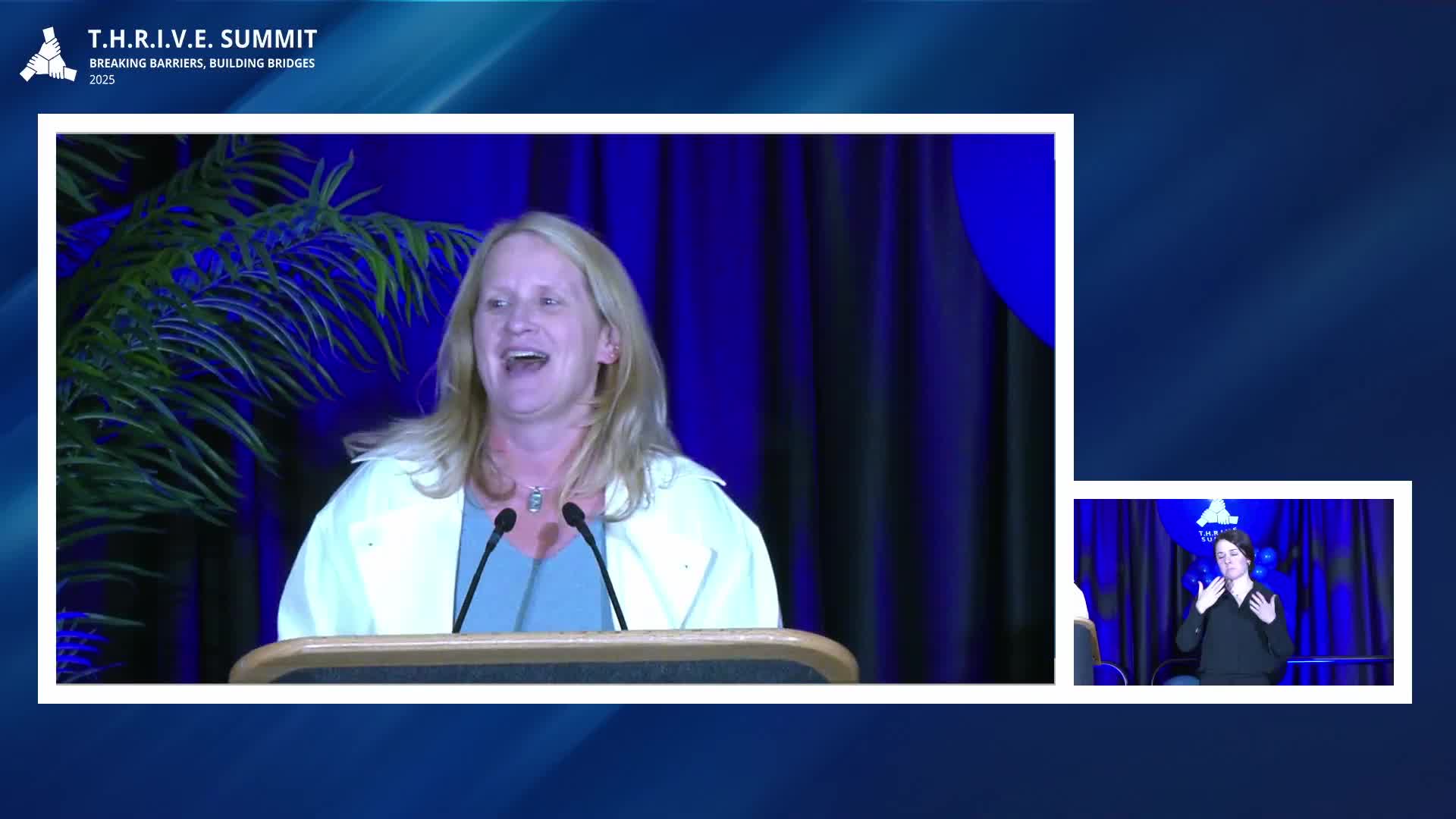County outlines homelessness data and new shelter and reentry efforts; officials urge public support for housing projects
October 30, 2025 | Sacramento County, California
This article was created by AI summarizing key points discussed. AI makes mistakes, so for full details and context, please refer to the video of the full meeting. Please report any errors so we can fix them. Report an error »

County leaders and service providers told the Thrive Summit that homelessness in Sacramento County requires cross‑sector solutions and that public support and ongoing funding are essential to scale programs.
Emily Halcon, director of the county’s Department of Homeless Services and Housing, said homelessness is shaped by multiple systems — health, behavioral health, child welfare and housing affordability — and that local solutions require both housing units and intensive supportive services. She urged the public to back new shelter and housing sites and to speak at hearings when proposals are presented.
Halcon summarized recent point‑in‑time and program data: presentations at the summit reported that, among those counted in the county’s last count, roughly 33% identified as Black, about 45% were classified as chronically homeless, 25% reported a history with child‑welfare services, and 62% identified as Sacramento residents who had lived locally for six months or more. Presenters said county estimates show between roughly 10,000 and 20,000 people will experience at least one night of literal homelessness in the county over the course of a year.
Halcon also highlighted programmatic steps: Stockton Boulevard Safe Stay and Joshua’s House were presented as temporary shelter models with individualized assessments; the county said it invested in behavioral‑health staffing at shelters. Halcon said that on July 1 the county opened a pilot of 70 beds specifically dedicated to people exiting jail to reduce the cycle of incarceration and street homelessness.
Speakers including Jamal Rowe (chief probation officer) and Eric Jones (deputy county executive, Public Safety & Justice Agency) emphasized interagency reentry planning and partnerships with behavioral‑health teams to prevent rapid returns to custody or the street. Jones described ongoing work to centralize data for policy decisions and to comply with court‑ordered improvements for local jails.
County presenters urged residents to participate in the biannual point‑in‑time census and other volunteer activities; organizers also asked residents to support projects that create new housing or expanded shelter capacity at public hearings.
Emily Halcon, director of the county’s Department of Homeless Services and Housing, said homelessness is shaped by multiple systems — health, behavioral health, child welfare and housing affordability — and that local solutions require both housing units and intensive supportive services. She urged the public to back new shelter and housing sites and to speak at hearings when proposals are presented.
Halcon summarized recent point‑in‑time and program data: presentations at the summit reported that, among those counted in the county’s last count, roughly 33% identified as Black, about 45% were classified as chronically homeless, 25% reported a history with child‑welfare services, and 62% identified as Sacramento residents who had lived locally for six months or more. Presenters said county estimates show between roughly 10,000 and 20,000 people will experience at least one night of literal homelessness in the county over the course of a year.
Halcon also highlighted programmatic steps: Stockton Boulevard Safe Stay and Joshua’s House were presented as temporary shelter models with individualized assessments; the county said it invested in behavioral‑health staffing at shelters. Halcon said that on July 1 the county opened a pilot of 70 beds specifically dedicated to people exiting jail to reduce the cycle of incarceration and street homelessness.
Speakers including Jamal Rowe (chief probation officer) and Eric Jones (deputy county executive, Public Safety & Justice Agency) emphasized interagency reentry planning and partnerships with behavioral‑health teams to prevent rapid returns to custody or the street. Jones described ongoing work to centralize data for policy decisions and to comply with court‑ordered improvements for local jails.
County presenters urged residents to participate in the biannual point‑in‑time census and other volunteer activities; organizers also asked residents to support projects that create new housing or expanded shelter capacity at public hearings.
View full meeting
This article is based on a recent meeting—watch the full video and explore the complete transcript for deeper insights into the discussion.
View full meeting
